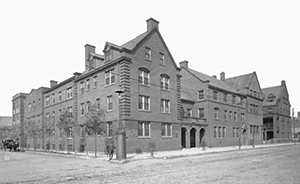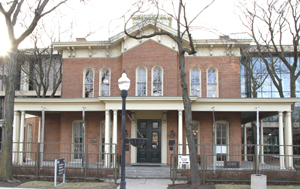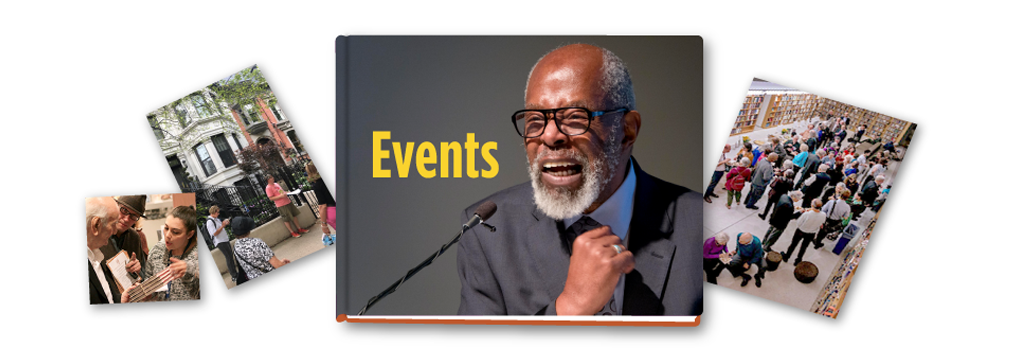Jane Addams Hull-House Museum

c. 1920; Chicago Historical Society
800 South Halsted
Chicago, IL 60607
(University Village)
Jane Addams and Ellen Gates Starr co-founded a settlement house on Halsted Street near Polk in 1889. The house served as a community center to recently arrived immigrants and migrants providing resources to meet the needs of the community. Over the next decade, as Addams expanded her vision to include acclamation training, as well as political and cultural programming, Hull House grew to 13 buildings and…
read moreJane Addams and Ellen Gates Starr co-founded a settlement house on Halsted Street near Polk in 1889. The house served as a community center to recently arrived immigrants and migrants providing resources to meet the needs of the community. Over the next decade, as Addams expanded her vision to include acclamation training, as well as political and cultural programming, Hull House grew to 13 buildings and a summer camp. Jane Addams and her partners led movements to better the lives of workers, immigrants, woman, children and virtually every relatively powerless citizen, helping enact wide-ranging changes in public policy covering everything from labor practices to free speech to recreation to health. Chicago became the headquarters for a national movement that grew over two decades to include almost 500 settlement houses. Addams won the Nobel Peace Prize in 1931. Many Hull-House visitors would go onto acclaim, including writers like Willard Motley, who co-founded The Hull-House Magazine, and used it to practice and experiment with his writing; Edith Abbott, a founder of sociology and social work, as well as the author of scholarly articles, book reviews, government reports, letters to the editor on matters of social concern, and numerous papers; Grace Abbott, a longtime resident whose published work, including The Immigrant in the Community and The Child and the State, was important to the new field of sociology; and Hilda Satt Polacheck, author of I Came a Stranger. All but two Hull-House buildings were razed to make way for the University of Illinois-Circle Campus in the mid-1960s, but the original building and one other remain. The Hull-House, now a museum, gained National Historic Landmark status on June 23, 1965. Hull-House was one of four original members to be listed on both the Chicago Registered Historic Places and the National Register of Historic Places. On June 12, 1974, Hull-House was designated a Chicago Landmark. Hull-House continues today to serve the public through educational offerings, cultural programming, and exhibitions.

Floyd Sullivan, 2017








